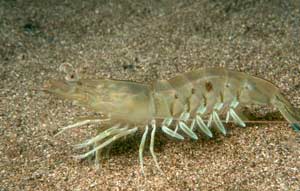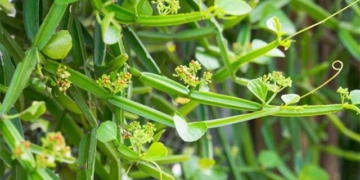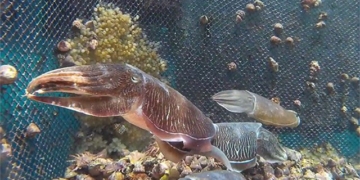 |
|
Photo: Yapsfamily |
Penaeus originates from warm marine waters. During the autumn and winter seasons, the temperature of the Bohai Sea becomes warm enough for these shrimps to thrive and reproduce. As winter approaches and temperatures drop below 10 degrees Celsius, their survival is threatened, prompting them to migrate southwards to the Yellow Sea to seek refuge from the cold.
The migration of Penaeus is quite dispersed, and they generally do not forage actively, exhibiting low mobility. During the over two months spent at the seabed in winter, as the water gradually warms, their activity levels increase, and their reproductive organs develop. By the end of March, these scattered shrimps begin to gather in large schools, heading northward. This journey spans nearly 1,000 kilometers and takes about two months. Upon reaching shallow waters, they disperse to spawn. After laying eggs, most female shrimps, having endured a long journey, die, with only the stronger individuals surviving.
The juvenile shrimps mature by September. Throughout their growth, they undergo more than 20 molts. Male shrimps that reach maturity within the year will mate with females, and the following year, the females will become pregnant and lay eggs.
Penaeus has long antennae that are nearly twice the length of its body, used to sense its surroundings. Its thorax is robust, enabling it to swim great distances. The tail is fan-shaped, which helps maintain body balance and allows for quick escapes from predators. The color of Penaeus can change due to pigment cells in its body. This pigment appears red at higher temperatures, causing shrimps to turn red during the hot season.
Penaeus is not only delicious and nutritious but also a highly valued commodity in many markets.


















































